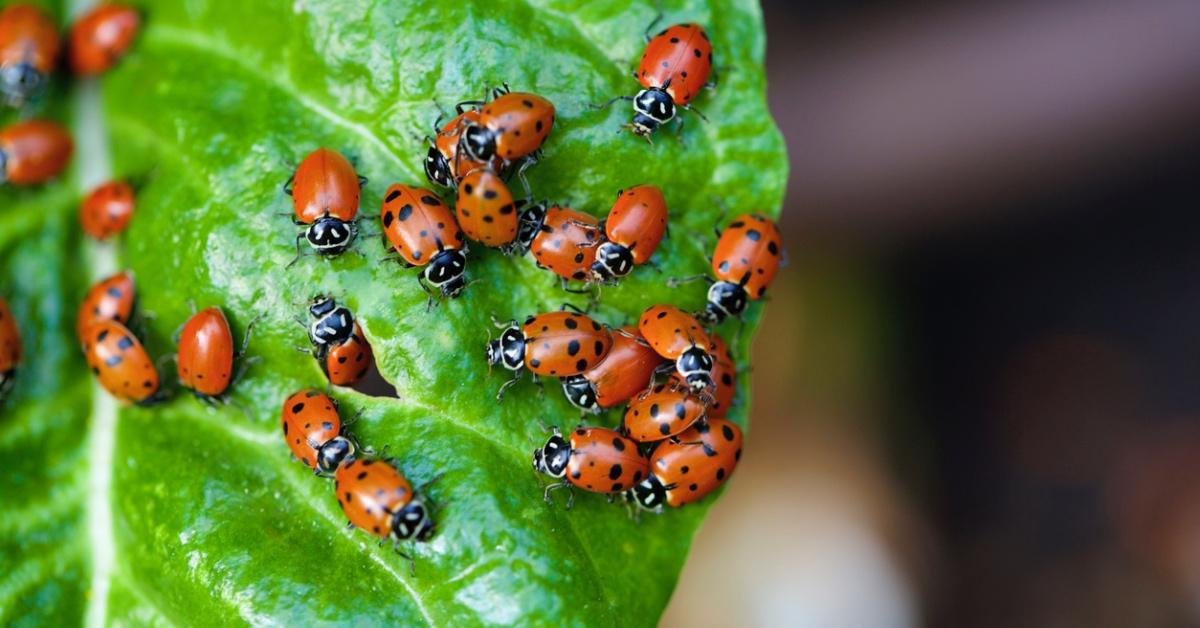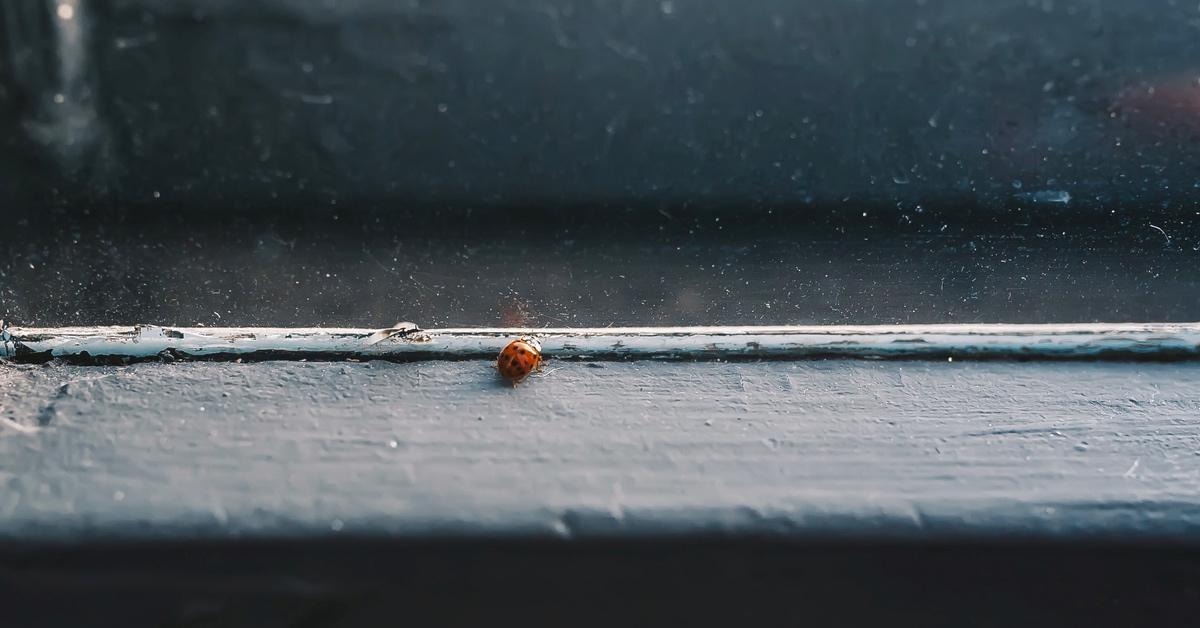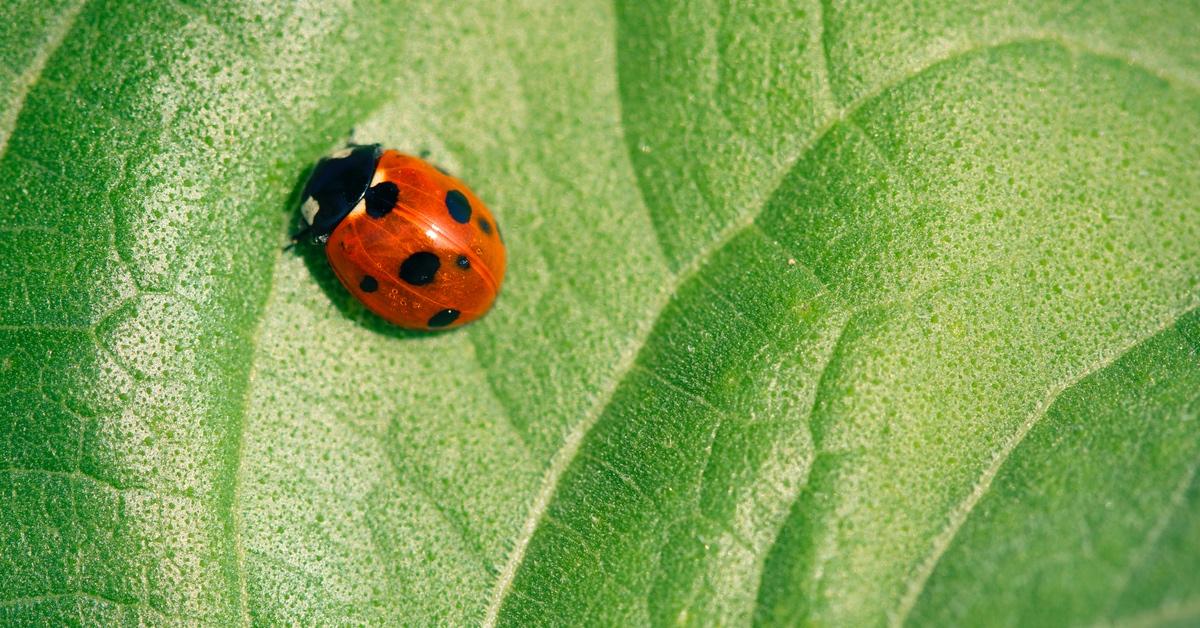During Fall, You Might See More Ladybugs Than Usual for This Simple Reason
Published Jan. 26 2024, 11:10 a.m. ET

In many cultures and folk tales, ladybugs are seen as symbols of prosperity or good luck. These little red creatures are harmless to humans and can serve as a natural pest control, but that's not to say you'd want to see hoards of them in your home.
During fall months, especially October, ladybugs seem to appear more than usual — to the point that in some places, they're known as "Halloween beetles." Why are there so many ladybugs during this time of year? Here's everything you need to know about the habits of these polka-dotted pals.

Why are there so many ladybugs?
In the fall, ladybugs move away from their cozy homes in your garden beds and take up residence in a somewhat less convenient spot — your home. Like many animals, ladybugs come indoors to escape the dropping temperatures, hibernate, and potentially lay their eggs.
According to ABC News10, the most common places to find them are by doors and windows.
One or two ladybugs in your home aren't that bad, but why is it you suddenly see families of ladybugs making camp? It’s because ladybugs have a built-in tip line for other members of their species.
According toThis Old House, when a ladybug finds a good spot, they will often leave a trail of pheromones that tells others of their species, “Hey, this place is safe, warm, and perfect for egg-laying.”

How do ladybugs get inside your home?
Ladybugs can squeeze their way under doorways, open windows, cellar doors, crawlspaces, and exposed drainage pipes with a fair amount of ease.
According toThis Old House, some of them even hitch rides on potted plants that are brought inside during the fall and winter seasons. ABC News10 reports that other hibernating insectile pests include brown stink bugs, block elder bugs, and western conifer seed bugs.
Here's how to get rid of ladybugs inside your house:
According to The Pest Rangers, the easiest and least harmful way to get rid of ladybugs out of your home is to gently vacuum them up, then empty the bag outside. To ensure the ladybugs survive the process, empty out your vacuum before use, and then bring the little bugs outside immediately.
Be sure to check for any unseen holes or entryways that you might have missed before releasing them, however, in case they find their way back inside.
You could also spray some fragrant essential oils or spices under your doorways and around window sills to deter the insects. Diluted citrus oil, citronella oil, cloves, or bay leaves are all smelly enough to keep them at bay and potentially disrupt their pheromone trails, per The Pest Rangers.

Are ladybugs harmful?
According to the Farmers’ Almanac, ladybugs do far more good than they do harm. They might damage some carpet or furniture if they end up in your home, but they don’t bite and they don’t carry any diseases.
Moreover, they eat a number of persistent garden pests like aphids and worms, which can ruin your flowers and veggies come spring. The best thing to do is put them outside and let them find some other warm spot to sit out the winter.
This article, originally published in 2021, has been updated. Additional reporting by Anna Garrison.